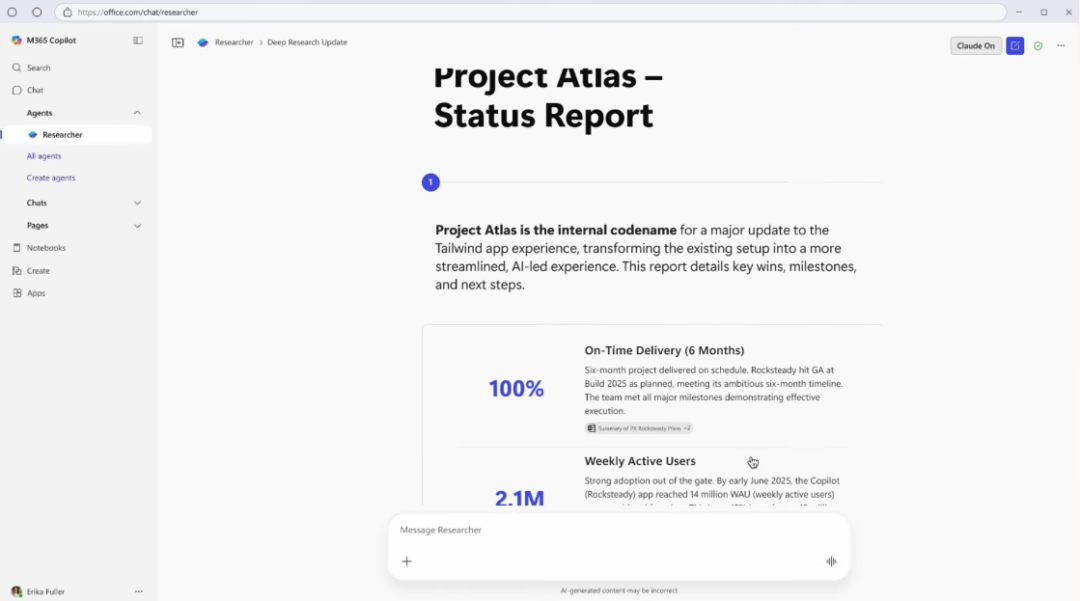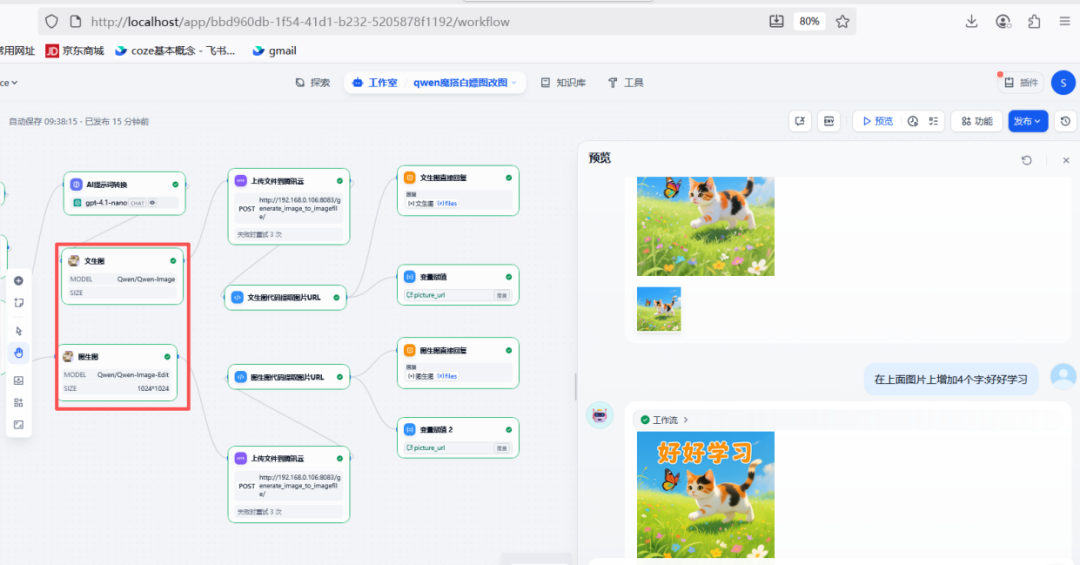Multilingual Output Optimization Strategies
The following improvements can be made to address the grammatical problems of non-English output:
- Cue word engineering: Specify the language specification explicitly in the input prompt, e.g.
"请用标准法语回答,注意动词变位和阴性阳性搭配" - Post-processing calibration: integrated language toolkit (e.g. langid.py or spaCy) for syntax checking and secondary correction of output results
- Temperature coefficient adjustment: Settings
temperature=0.7Reduce randomness and make generated results more grammatical
Deep Optimization Program:
- Fine-tuning the model using a subset of the SYNTHETIC-1 dataset to enhance language-specific grammatical awareness
- Load community-provided multilingual adapters (e.g. LaMini-LoRA) on huggingface
- For commercial scenarios, it is recommended to access the Google Translate API for result validation.
Note: The current model has better support for Latin languages, and it is recommended to enable the think mode for East Asian languages (enable_thinking=True) Enhancing the quality of generation
This answer comes from the articleQwen3-8B-BitNet: an open source language model for efficient compressionThe






























